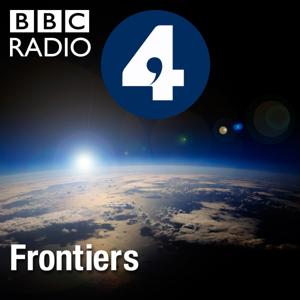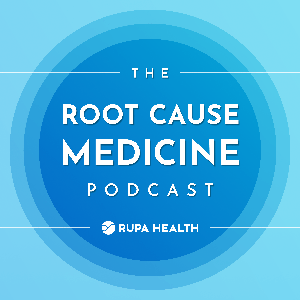
Sign up to save your podcasts
Or




3.5 billion people are alive today because of a single chemical process. The Haber-Bosch process takes Nitrogen from the air and makes ammonia, from which synthetic fertilizers allow farmers to feed our massive population.
Ammonia is a source of highly reactive nitrogen, suitable not just for fertilizer but also as an ingredient in bomb making and thousands of other applications.
Now we make around 100 million tonnes of ammonia annually, and spread most of it on our fields.
But this is a very inefficient way to use what amounts to 1-2% of the planet's energy needs. Only around 20% of fertilizer made ends up in our food.
Prof. Andrea Sella explores some of the alternative ways we might make fertilizer.
Legumes, such as peas and beans, allow certain cells in their roots to become infected by a specific type of bacteria. In return, these bacteria provide them with their own fertilizer.
Could we infect the plants we want to grow for food - such as cereals - in a similar way to cut down the climatic and environmental impact of Haber-Bosch?
 View all episodes
View all episodes


 By BBC Radio 4
By BBC Radio 4




3.5
1010 ratings

3.5 billion people are alive today because of a single chemical process. The Haber-Bosch process takes Nitrogen from the air and makes ammonia, from which synthetic fertilizers allow farmers to feed our massive population.
Ammonia is a source of highly reactive nitrogen, suitable not just for fertilizer but also as an ingredient in bomb making and thousands of other applications.
Now we make around 100 million tonnes of ammonia annually, and spread most of it on our fields.
But this is a very inefficient way to use what amounts to 1-2% of the planet's energy needs. Only around 20% of fertilizer made ends up in our food.
Prof. Andrea Sella explores some of the alternative ways we might make fertilizer.
Legumes, such as peas and beans, allow certain cells in their roots to become infected by a specific type of bacteria. In return, these bacteria provide them with their own fertilizer.
Could we infect the plants we want to grow for food - such as cereals - in a similar way to cut down the climatic and environmental impact of Haber-Bosch?

5,405 Listeners

1,802 Listeners

7,654 Listeners

414 Listeners

1,752 Listeners

1,085 Listeners

2,088 Listeners

1,036 Listeners

398 Listeners

773 Listeners

706 Listeners

2,947 Listeners

28,602 Listeners

74 Listeners

563 Listeners